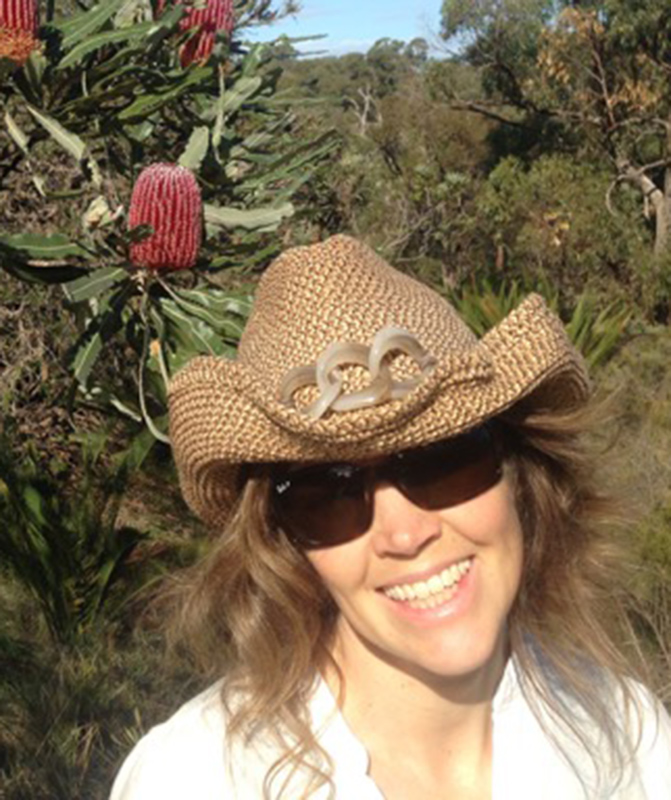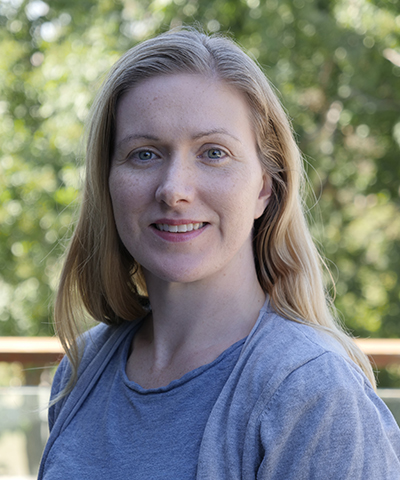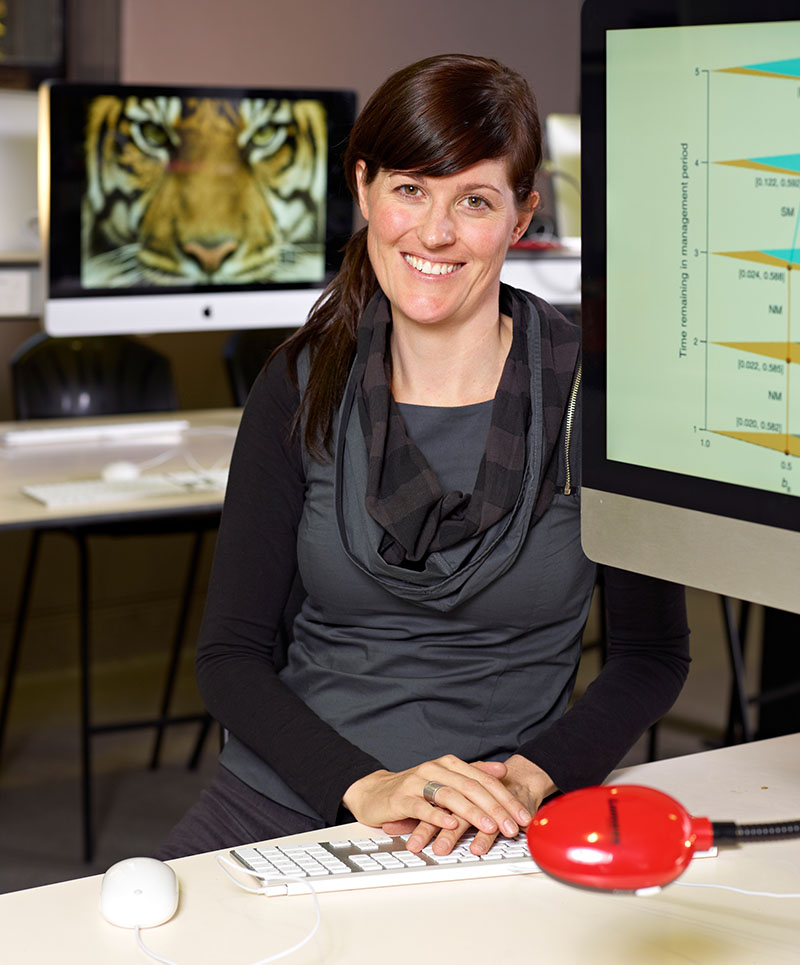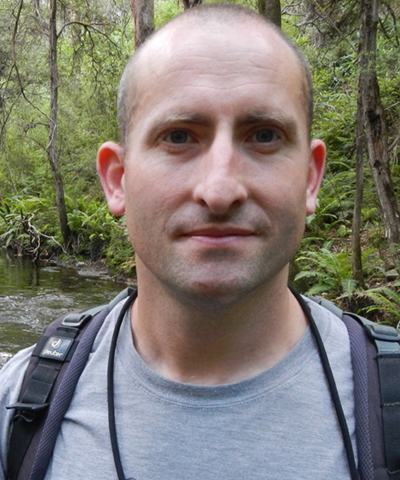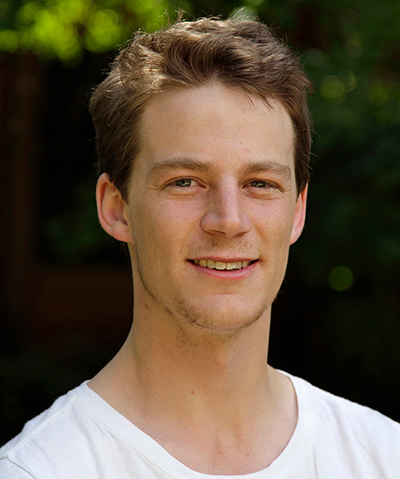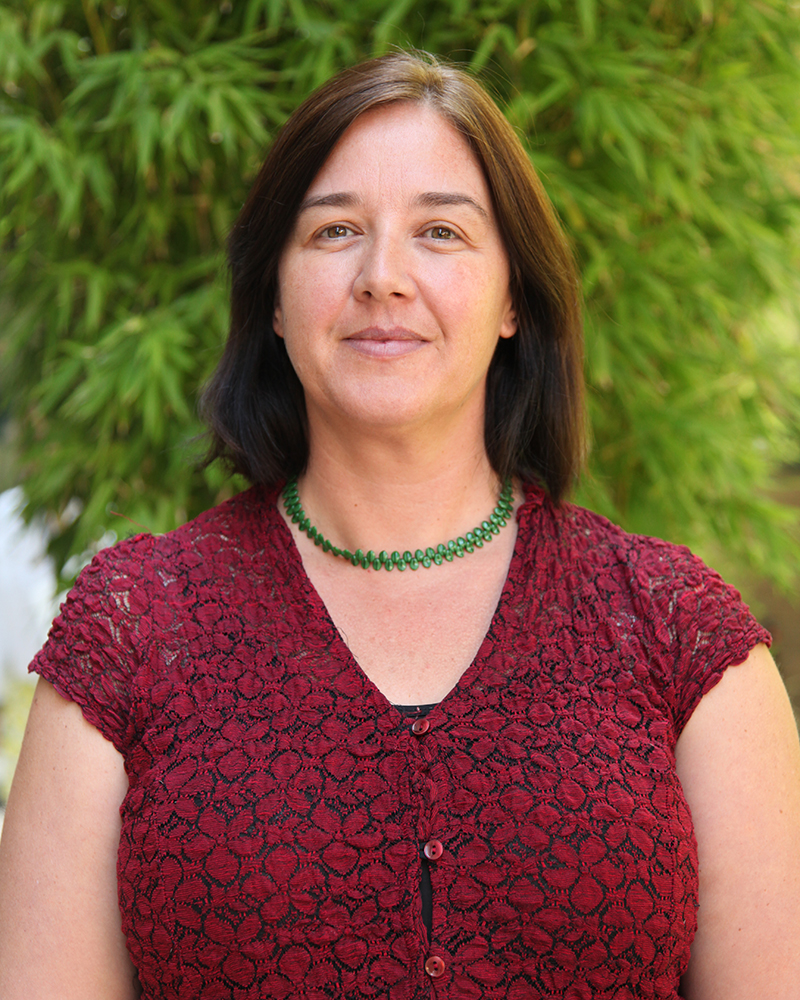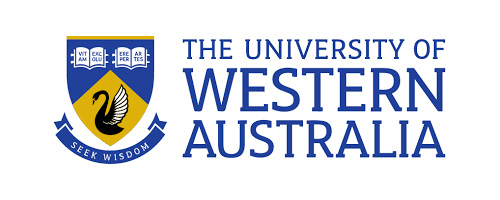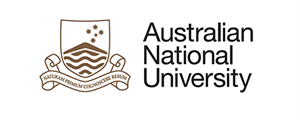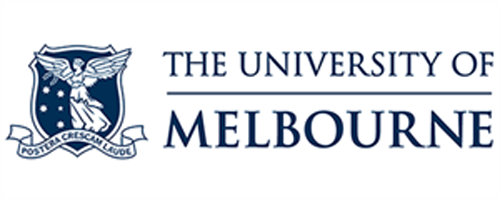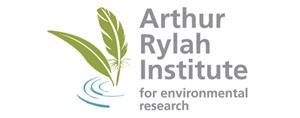
Project: 4.1.4.2
Optimising the timing for assisting the colonisation of threatened montane frogs
Project Leaders: Nicola Mitchell , Tracy Rout , Eve McDonald-Madden
Research in Brief
Many of Australia’s amphibian species have distributions in montane regions. Species distribution modelling has shown that some of these montane specialists are likely to lose suitable habitat under a future warmer climate, but in some instances suitable habitat emerges for them towards the south.
In this project, we are developing optimisation models for two Endangered species (the northern corroboree frog, and Spencer’s tree frog) to determine the ideal timeframe for when each species could be relocated to suitable habitats that are currently outside their natural range.
Why is the research needed?
Assisted colonisation is a form of conservation translocation, whereby a species subject to a threatening process is introduced to a habitat outside of its natural range where the threat does not exist. Many of these types of translocations have occurred in Australia to avoid threats such as predation or disease, but translocations motivated by climate change have only recently been trialled (see Project 4.1.4.1), and require careful planning and risk assessment.
One planning consideration is when does it become optimal to conduct assisted colonisation? This is a complex decision, as it involves understanding the rate at which a potential source population is declining, as well as the rate that a population might increase if it is translocated elsewhere.
While this project is not yet advocating assisted colonisation for Australia’s threatened montane frogs, it is providing a framework for optimising decisions about the timing of such interventions, and hence providing managers with a timeline for policy development and implementation.
Spotted tree frog. Photo: Matt West
How will the research help?
Montane species are often isolated from other populations due to natural geological barriers, and hence will almost certainly require human assistance to colonise new locations. While captive breeding programs may sometimes provide sufficient numbers of individuals to found a new population, often individuals are sourced from wild populations to provide a large and genetically robust cohort for release.
To date there are no guidelines to help managers decide when such an intervention would be most effective. Yet, as impacts of climate change on threatened species become more apparent, we may need to act quickly to save a species from extinction.
While developing optimisation models that can guide the timing of assisting the colonisation of a frog population poleward is a desktop study, the methodology developed can have widespread application for any species threatened by climate change, such as those occupying mountaintops in Australia’s wet tropics.
What research activities are being undertaken?
Species distribution models for some Australian montane amphibians were developed in an earlier project, and were projected forward in time based on expected future climates. This new research uses a optimisation model (McDonald-Madden et al. 2011) to explore scenarios whereby two of these species could be relocated to sites south of their historical ranges that become more suitable with climate change, including sites in Tasmania. The goal is to determine both the optimal timing of movement, and to explore ways in which the success of any movement depends on factors such as the probability of individuals surviving translocation.

The Snowy River in Kosciuszko National Park. Photo: Mick Stanic CC BY-NC 2.0 Flickr
Who is involved?
The project involves collaboration between researchers from UWA, ANU, UQ and UM as well as government scientists from New South Wales and Victoria including DELWP and the Arthur Rylah Institute.
Where is the research happening?
Modelling is relevant to montane frogs from the Australian Capital Territory, New South Wales and Victoria.
When is the research happening?
The work began in 2017 and will conclude in mid 2021.
Further information
For more information please contact project leader:
Nicola Mitchell – nicola.mitchell@uwa.edu.au
Top image: Northern corroboree frogs at the Tidbinbilla captive breeding facility. Photo: Peter Taylor
